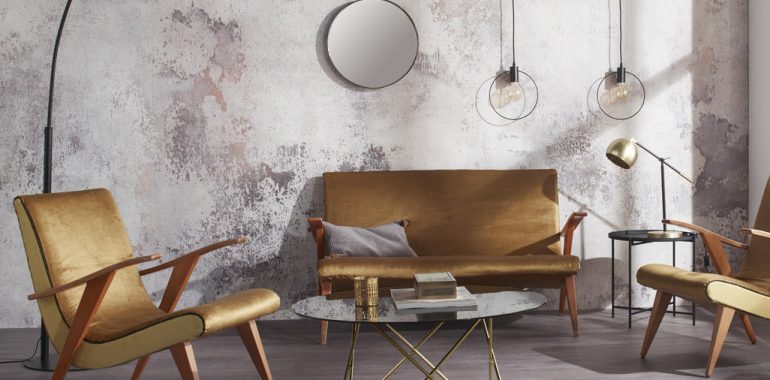The Timeless Elegance of Victorian Lamps: A Nostalgic Nod to the Past

The Timeless Elegance of Victorian Lamps: A Nostalgic Nod to the Past
The Victorian era, spanning from 1837 to 1901, was a period of great innovation and advancement. From architecture to fashion, the era produced some of the most iconic designs in history. One aspect of Victorian design that has stood the test of time is lighting, particularly the use of Victorian lamps.
Victorian lamps were more than just a source of light, they were a statement piece that added elegance, charm, and opulence to any room. In this article, we will explore the history of Victorian lamps, their different styles, and why they continue to be relevant today.
The History of Victorian Lamps
During the Victorian era, electricity had not yet been widely adopted, meaning that lighting was primarily provided by gas. While gas lighting was functional, it also had drawbacks, such as flickering flames and a risk of explosion.
To overcome these issues, inventors started exploring new ways to provide light. One of these inventors was Joseph Swan, who developed the incandescent light bulb in the 1870s. The combination of Swan’s bulb and Thomas Edison’s patent for a filament allowed for electric lighting to take off in the late Victorian era.
Despite the emergence of electric lighting, Victorian lamps continued to be popular for their aesthetic appeal. They were made from a variety of materials, including glass, brass, and porcelain, and were often highly detailed and ornate.
Styles of Victorian Lamps
Victorian lamps came in many different styles, each with their own unique characteristics. Here are some of the most notable styles:
Oil Lamps
Oil lamps were the primary source of lighting during the early Victorian era. They were suitable for use with vegetable oils, which helped eliminate some of the dangerous explosions that could occur with gas lamps. Oil lamps were often made from materials such as glass and brass, and were highly decorative.
Gone with the Wind Lamps
Gone with the Wind lamps were popular during the late Victorian era. They were characterised by their large globe-shaped shades, typically made from painted glass or silk. These lamps were named after the famous novel of the same name, and were often decorated with floral or fanciful motifs.
Tiffany Lamps
Tiffany lamps were invented by Louis Comfort Tiffany in the late 19th century. These lamps were known for their intricate stained glass shades, which were made using the copper foil method. They were often highly decorated with nature motifs, such as flowers and dragonflies.
Why Victorian Lamps are Still Relevant Today
Despite being well over a century old, Victorian lamps continue to be popular today. Part of the reason for this is their timeless elegance and charm. Victorian lamps have a way of making a room feel cozy and inviting, whether they are used as a primary source of light or as an accent piece.
In addition to their aesthetic appeal, Victorian lamps are also functional. With the advent of LED bulbs that mimic the warm glow of incandescent light, it is possible to enjoy the charm of a Victorian lamp while still using energy-efficient technology.
Moreover, Victorian lamps have become highly sought after as collectibles. Many antique dealers specialise in these lamps and will go to great lengths to find rare and unique pieces.
Victorian lamps are more than just a functional piece of lighting equipment. They are a statement piece that adds charm, elegance, and a touch of nostalgia to any room. From their early beginnings as oil lamps to their ornate Tiffany shades, Victorian lamps continue to hold a special place in the hearts of collectors and enthusiasts alike.

